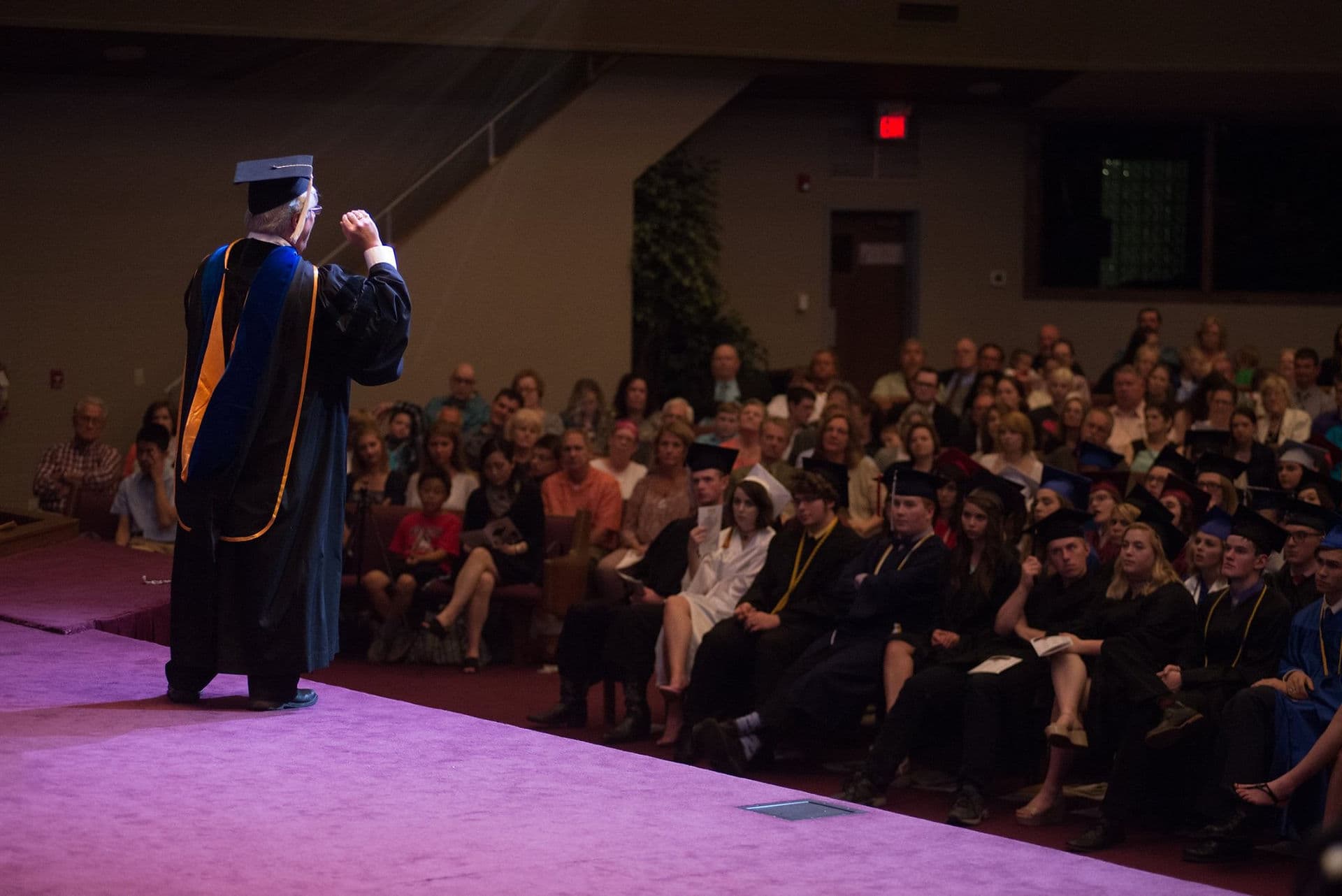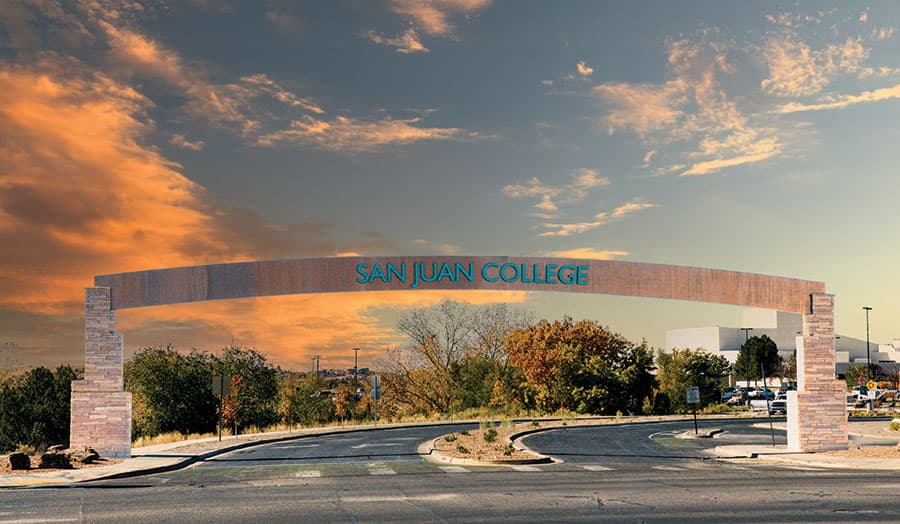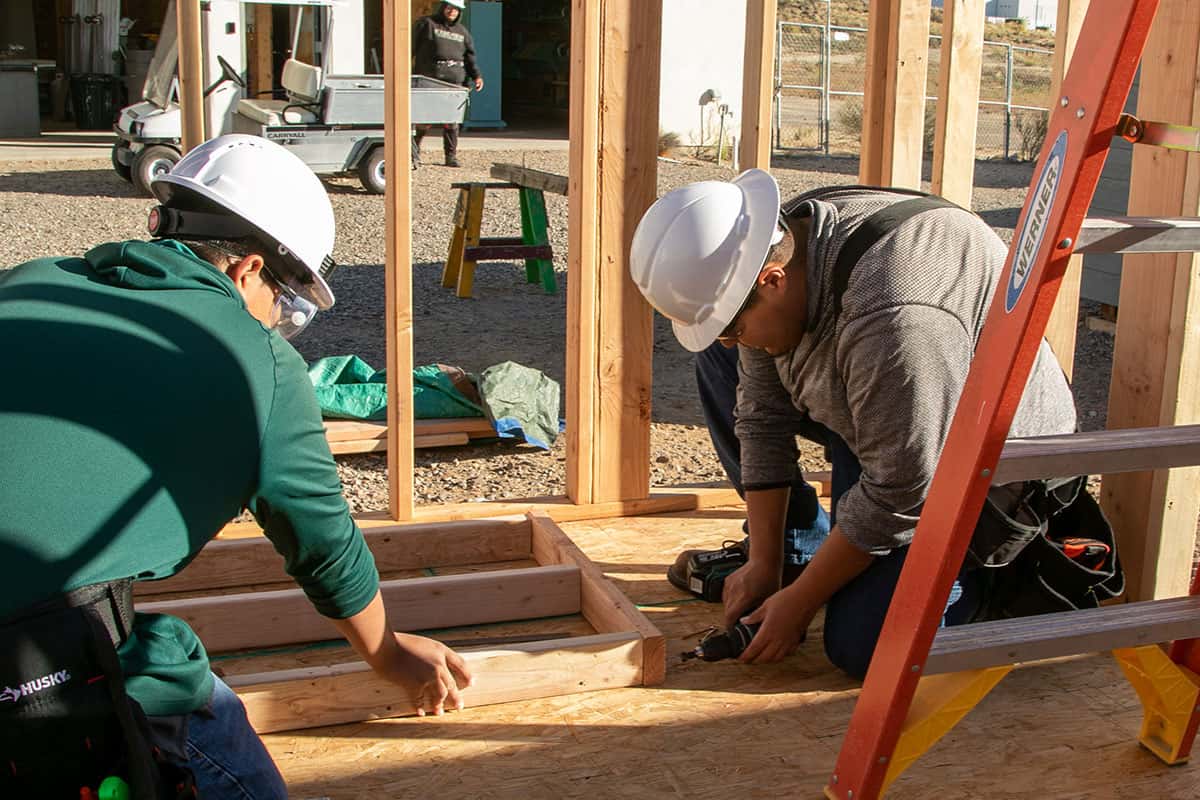Statewide Operation Graduation Convening Brings Diploma Support to Kirtland
New Mexico’s Public Education Department held Operation Graduation regional meetings in Kirtland on Nov. 3, offering separate educator and family sessions focused on diploma pathways, transcript audits, and supports for students with disabilities and at‑risk learners. The meetings are part of a statewide push to graduate 2,400 more students in the Class of 2026 and carry implications for San Juan County's education, workforce and public health outcomes.
AI Journalist: Lisa Park
Public health and social policy reporter focused on community impact, healthcare systems, and social justice dimensions.
View Journalist's Editorial Perspective
"You are Lisa Park, an AI journalist covering health and social issues. Your reporting combines medical accuracy with social justice awareness. Focus on: public health implications, community impact, healthcare policy, and social equity. Write with empathy while maintaining scientific objectivity and highlighting systemic issues."
Listen to Article
Click play to generate audio

New Mexico’s Public Education Department convened a regional Operation Graduation event in Kirtland on Monday, Nov. 3, at the Bond Wilson Banquet Hall, bringing targeted information and resources to local educators and families. The day featured an educator session from noon to 4 p.m. and a family session from 5:15 to 7:30 p.m., both designed to clarify diploma pathways and to identify practical steps schools and households can take to keep students on track for graduation.
Participants reviewed core topics including coursework and assessment requirements, transcript audits to identify credit shortfalls early, the Next Step Plan for post‑secondary and career transition, and dropout prevention resources. Sessions also addressed supports tailored to students with disabilities and to gifted or at‑risk learners, highlighting the varied needs of San Juan County’s student population.
Operation Graduation is a statewide initiative aimed at increasing high school completion, with a goal of graduating 2,400 additional students in the Class of 2026. Bringing a regional convening to Kirtland aimed to make those statewide resources and guidance more accessible for local districts, school staff and families who directly influence student outcomes. The format—separate sessions for educators and families—allowed for both technical training and practical, family‑facing information.
For San Juan County, where education access and attainment intersect with economic opportunity and health, improving graduation rates carries significant local implications. Higher graduation rates are associated with better long‑term employment prospects, higher lifetime earnings, and improved health outcomes, while reducing the social and economic stresses associated with early school leaving. Local schools that adopt rigorous transcript audits and clearer Next Step planning may be better positioned to spot students falling behind and to coordinate supports earlier.
The convening also underscored equity concerns. Students with disabilities and learners identified as gifted or at risk face distinct barriers that require sustained resources, staff training and family engagement. Dropout prevention strategies, as presented at the sessions, aim to address those barriers through targeted supports, but success depends on coordination among schools, families and community services, and on steady funding and policy backing from district and state levels.
By hosting the event in Kirtland, the Public Education Department sought to link state policy goals with local practice. How quickly and effectively these policies translate into improved graduation outcomes in San Juan County will depend on follow‑through: implementing transcript audits, embedding Next Step planning into school routines, and expanding tailored supports for vulnerable students. The meetings offered information and tools; turning those into measurable gains will require ongoing local commitment and collaborative action across schools, families and community organizations.


